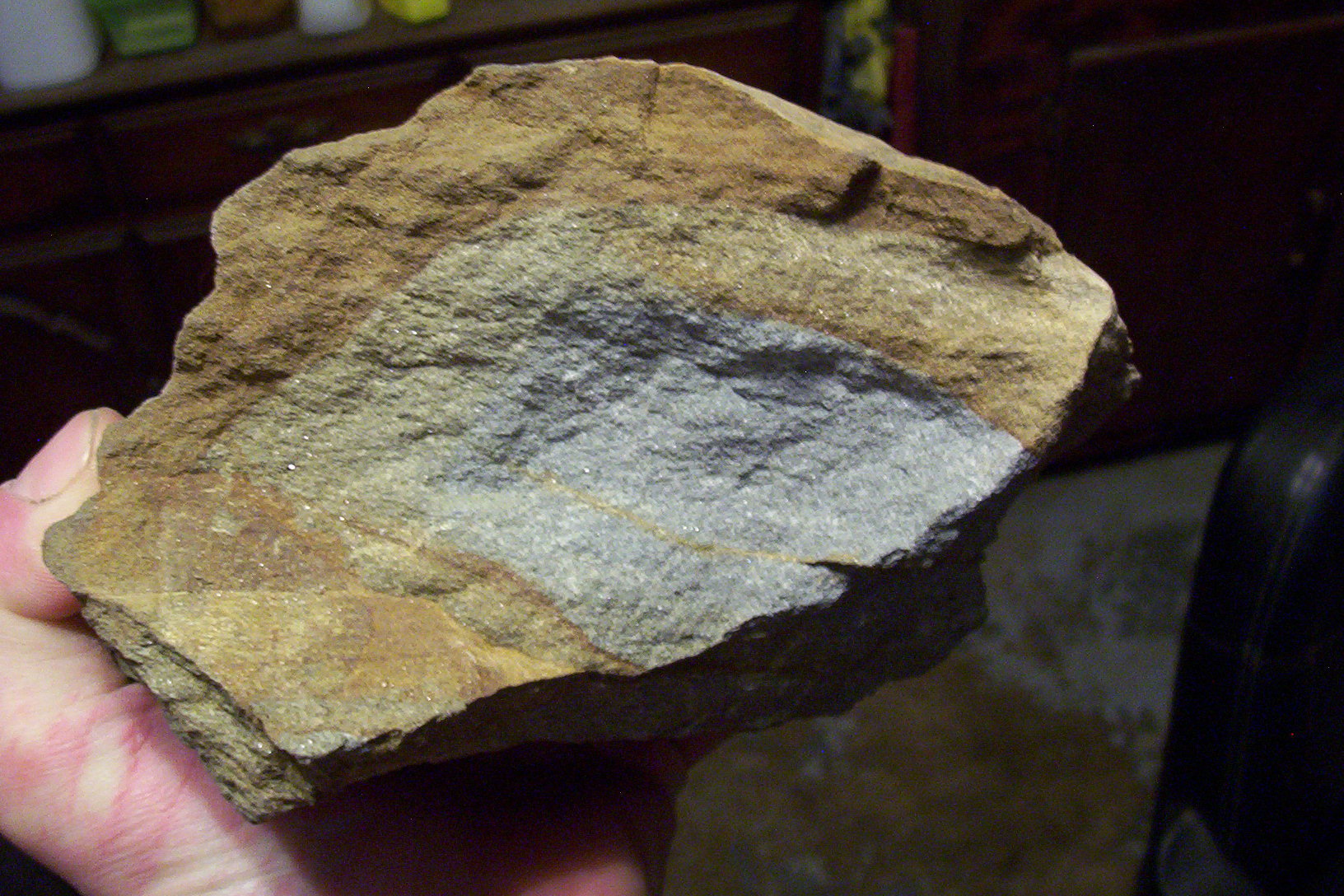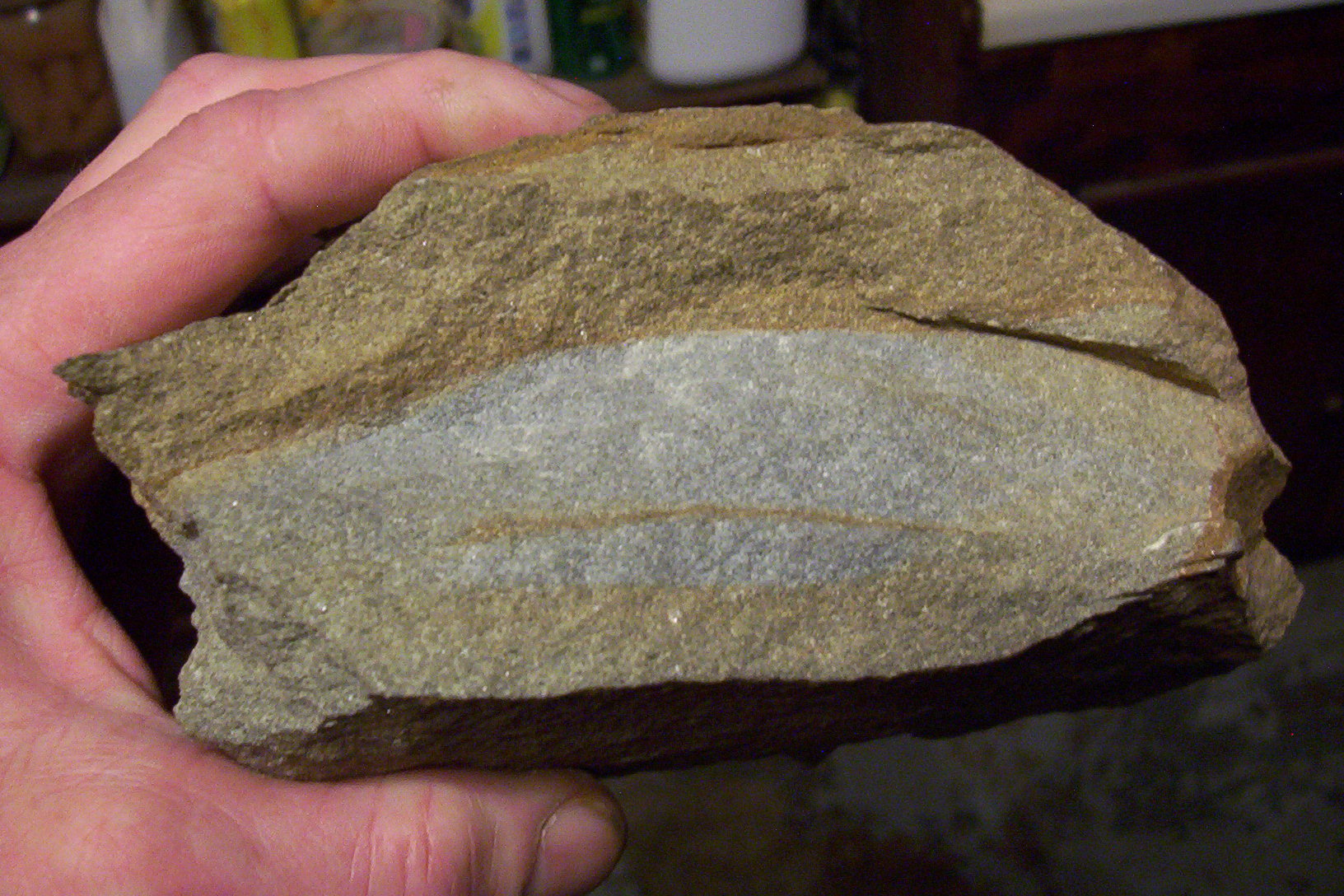Home PageAbout MindatThe Mindat ManualHistory of MindatCopyright StatusWho We AreContact UsAdvertise on Mindat
Donate to MindatCorporate SponsorshipSponsor a PageSponsored PagesMindat AdvertisersAdvertise on Mindat
Learning CenterWhat is a mineral?The most common minerals on earthInformation for EducatorsMindat ArticlesThe ElementsThe Rock H. Currier Digital LibraryGeologic Time
Minerals by PropertiesMinerals by ChemistryAdvanced Locality SearchRandom MineralRandom LocalitySearch by minIDLocalities Near MeSearch ArticlesSearch GlossaryMore Search Options
The Mindat ManualAdd a New PhotoRate PhotosLocality Edit ReportCoordinate Completion ReportAdd Glossary Item
Mining CompaniesStatisticsUsersMineral MuseumsClubs & OrganizationsMineral Shows & EventsThe Mindat DirectoryDevice SettingsThe Mineral Quiz
Photo SearchPhoto GalleriesSearch by ColorNew Photos TodayNew Photos YesterdayMembers' Photo GalleriesPast Photo of the Day GalleryPhotography
╳Discussions
💬 Home🔎 Search📅 LatestGroups
EducationOpen discussion area.Fakes & FraudsOpen discussion area.Field CollectingOpen discussion area.FossilsOpen discussion area.Gems and GemologyOpen discussion area.GeneralOpen discussion area.How to ContributeOpen discussion area.Identity HelpOpen discussion area.Improving Mindat.orgOpen discussion area.LocalitiesOpen discussion area.Lost and Stolen SpecimensOpen discussion area.MarketplaceOpen discussion area.MeteoritesOpen discussion area.Mindat ProductsOpen discussion area.Mineral ExchangesOpen discussion area.Mineral PhotographyOpen discussion area.Mineral ShowsOpen discussion area.Mineralogical ClassificationOpen discussion area.Mineralogy CourseOpen discussion area.MineralsOpen discussion area.Minerals and MuseumsOpen discussion area.PhotosOpen discussion area.Techniques for CollectorsOpen discussion area.The Rock H. Currier Digital LibraryOpen discussion area.UV MineralsOpen discussion area.Recent Images in Discussions

8th Mar 2013 16:54 UTCDonald Peck

9th Mar 2013 01:54 UTCcraig johnson

10th Mar 2013 16:34 UTCDonald Peck

10th Mar 2013 19:38 UTCCarl (Bob) Carnein 🌟

23rd Feb 2015 23:19 UTCcraig johnson
The one just recently busted the middle inside is grey, outer is green or brown, with also a outer dark brown crust. one direction the micro-plates shine or glisten then approx 90 degrees of that there are areas of sparkling which like marble glistens as tilt around .. I cut one piece with diamond blade then sanded it with 320 , 400 , 600 grit wet/dry sandpaper its polished very smooth with grey meeting the brown colors.

24th Feb 2015 02:08 UTCD Mike Reinke
Mike

24th Feb 2015 03:23 UTCcraig johnson

25th Feb 2015 04:22 UTCD Mike Reinke
Just some thoughts..
Mike

25th Feb 2015 06:20 UTCWayne Corwin

25th Feb 2015 10:15 UTCErik Vercammen Expert

25th Feb 2015 13:00 UTCEligiusz Szełęg Expert

25th Feb 2015 16:40 UTCNorman King 🌟 Expert
26th Feb 2015 08:33 UTCTimothy Greenland
Perhaps that's why it's called 'Greywacke' - you can whack it till you turn grey, and still it doesn't break...
Sorry !
Tim

26th Feb 2015 16:36 UTCcraig johnson




Mindat.org is an outreach project of the Hudson Institute of Mineralogy, a 501(c)(3) not-for-profit organization.
Copyright © mindat.org and the Hudson Institute of Mineralogy 1993-2024, except where stated. Most political location boundaries are © OpenStreetMap contributors. Mindat.org relies on the contributions of thousands of members and supporters. Founded in 2000 by Jolyon Ralph.
Privacy Policy - Terms & Conditions - Contact Us / DMCA issues - Report a bug/vulnerability Current server date and time: April 19, 2024 21:38:57
Copyright © mindat.org and the Hudson Institute of Mineralogy 1993-2024, except where stated. Most political location boundaries are © OpenStreetMap contributors. Mindat.org relies on the contributions of thousands of members and supporters. Founded in 2000 by Jolyon Ralph.
Privacy Policy - Terms & Conditions - Contact Us / DMCA issues - Report a bug/vulnerability Current server date and time: April 19, 2024 21:38:57












